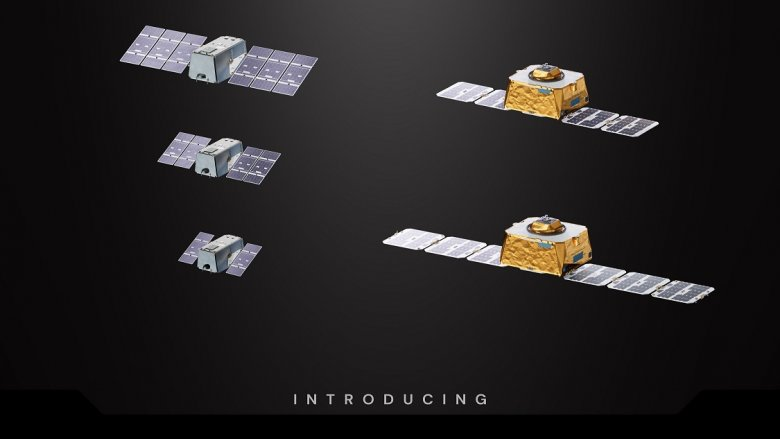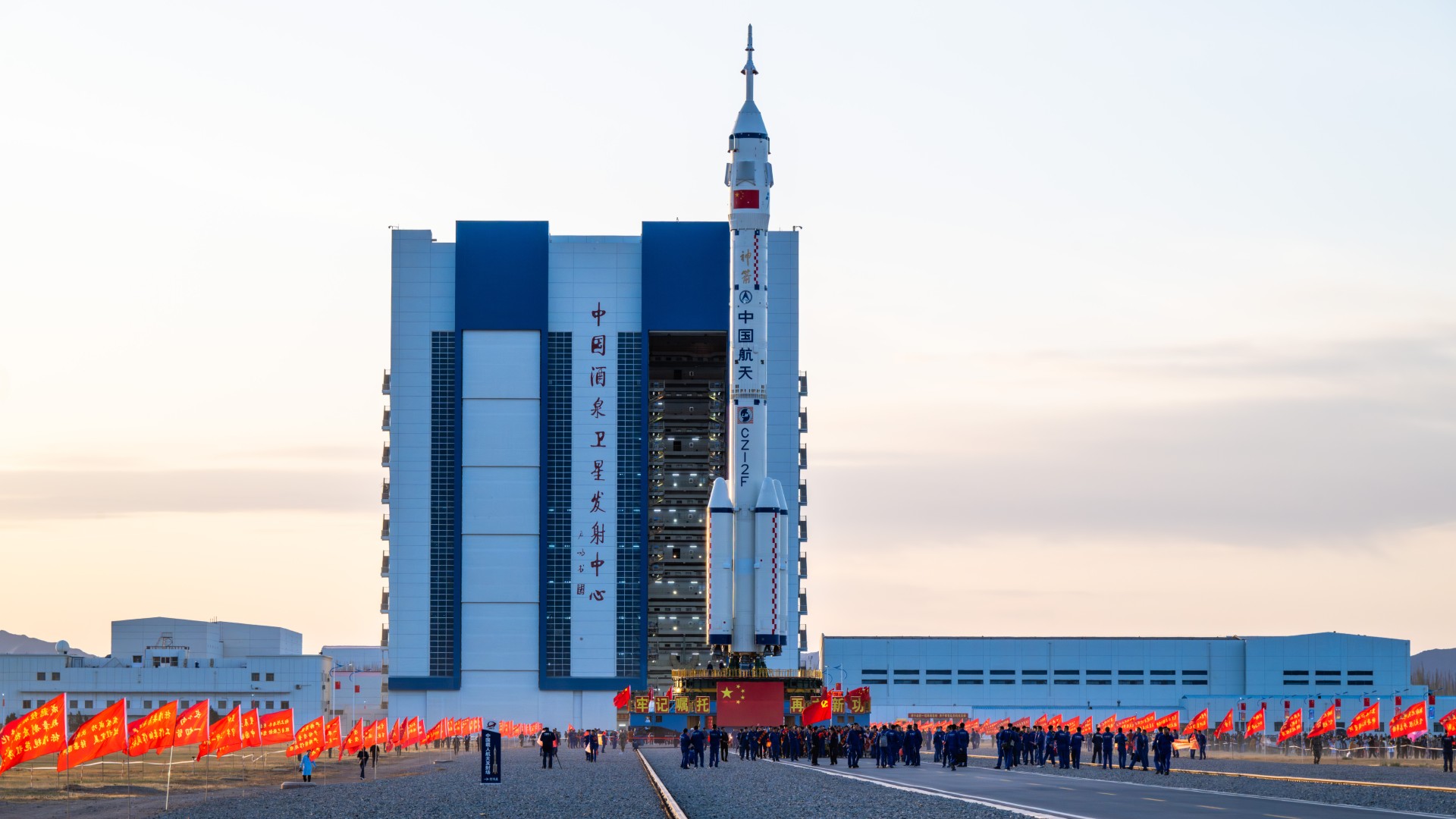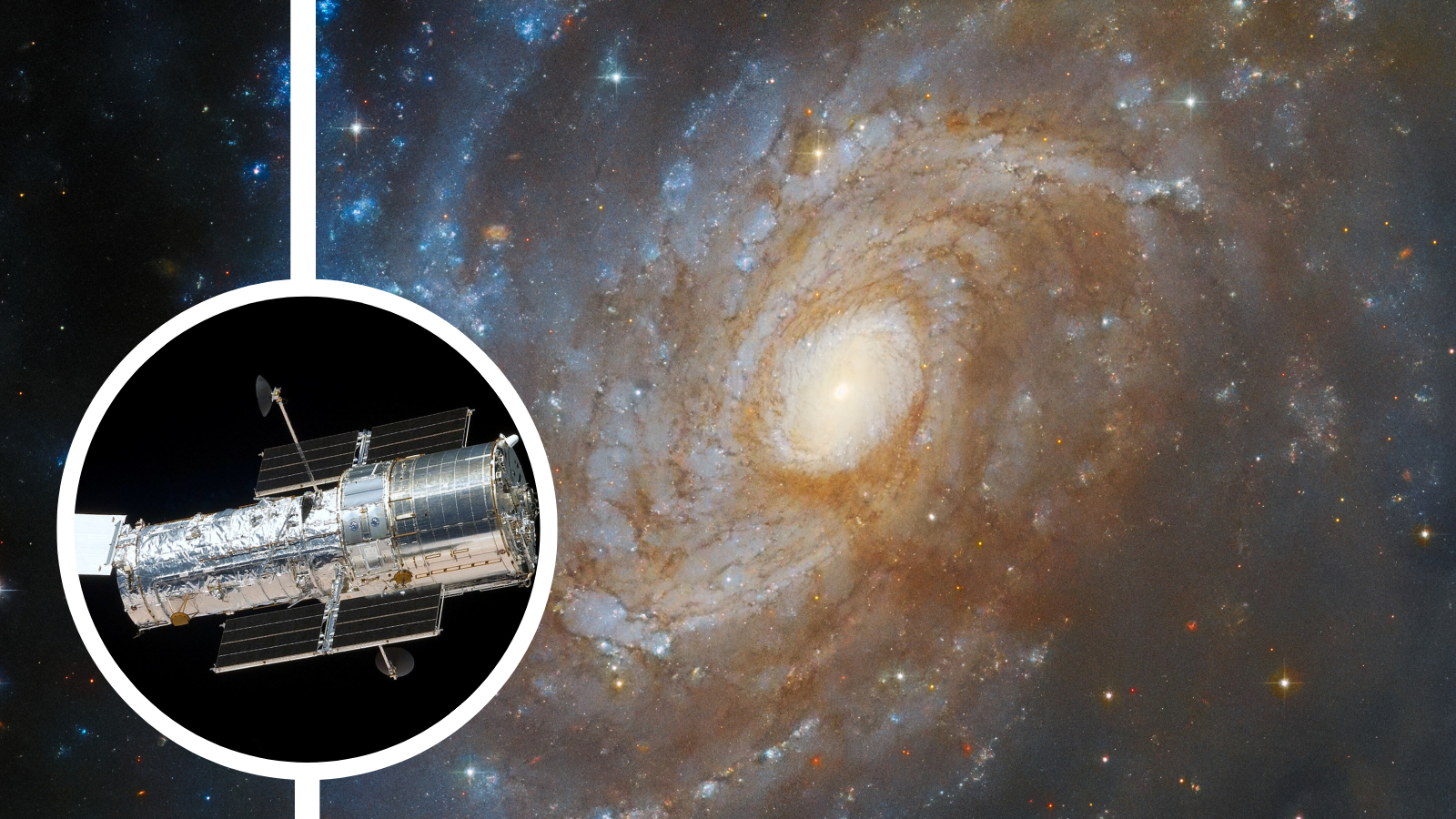ULA wants to upgrade Vulcan Centaur rocket into a 'space interceptor' to defend satellites
"To keep the peace, we also must have a credible space defense."
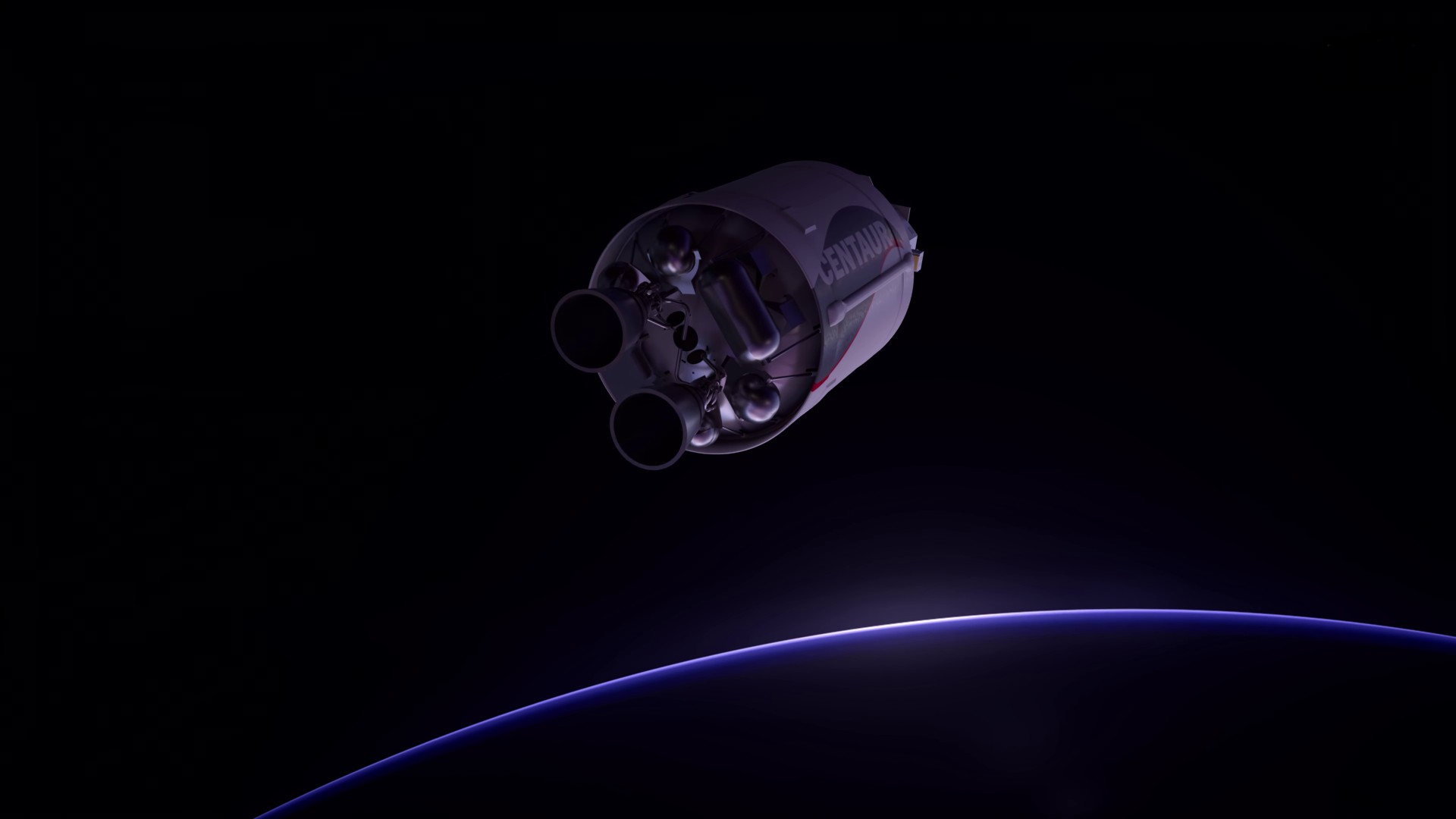
United Launch Alliance (ULA) envisions its new, powerful Vulcan Centaur rocket as playing a key role in defending satellites from potential threats in space.
Centaur, the upper stage of the Vulcan Centaur, is designed for orbit. During the recent Spacepower Conference in Orlando, Florida, ULA CEO Tory Bruno said that Centaur could be upgraded to function in a defensive capacity in orbit.
If an adversary were to endanger U.S. Space Force assets, the Centaur could operate as a "space interceptor" that could act fast to provide defense. "What I've been working on is essentially a rocket that operates in space," Bruno said on Dec. 12, according to SpaceNews.
Bruno outlined a vision for space defense in a blog post on Dec. 4, where he pointed out that while the military depends on space more than ever, U.S. military assets in space are currently without defense. "To keep the peace," Bruno wrote, "we also must have a credible space defense."
In the post, Bruno discusses satellites used to damage or disrupt other spacecraft, calling them "satellite killers." However, he said, satellites only have the ability to maneuver slowly, due to small thrusters and a limited store of low energy propellant. So, current satellites may take days or weeks to reach their target.
The orbital defense Bruno proposes would move fast in space using powerful thrusters and an ample energy supply to stop a potential satellite killer within hours, before it reaches its target. "I mean a squadron of lightning fast, long range, lethal interceptors," Bruno writes. "To use a naval analogy, we need destroyers in orbit, the Greyhounds of Space."
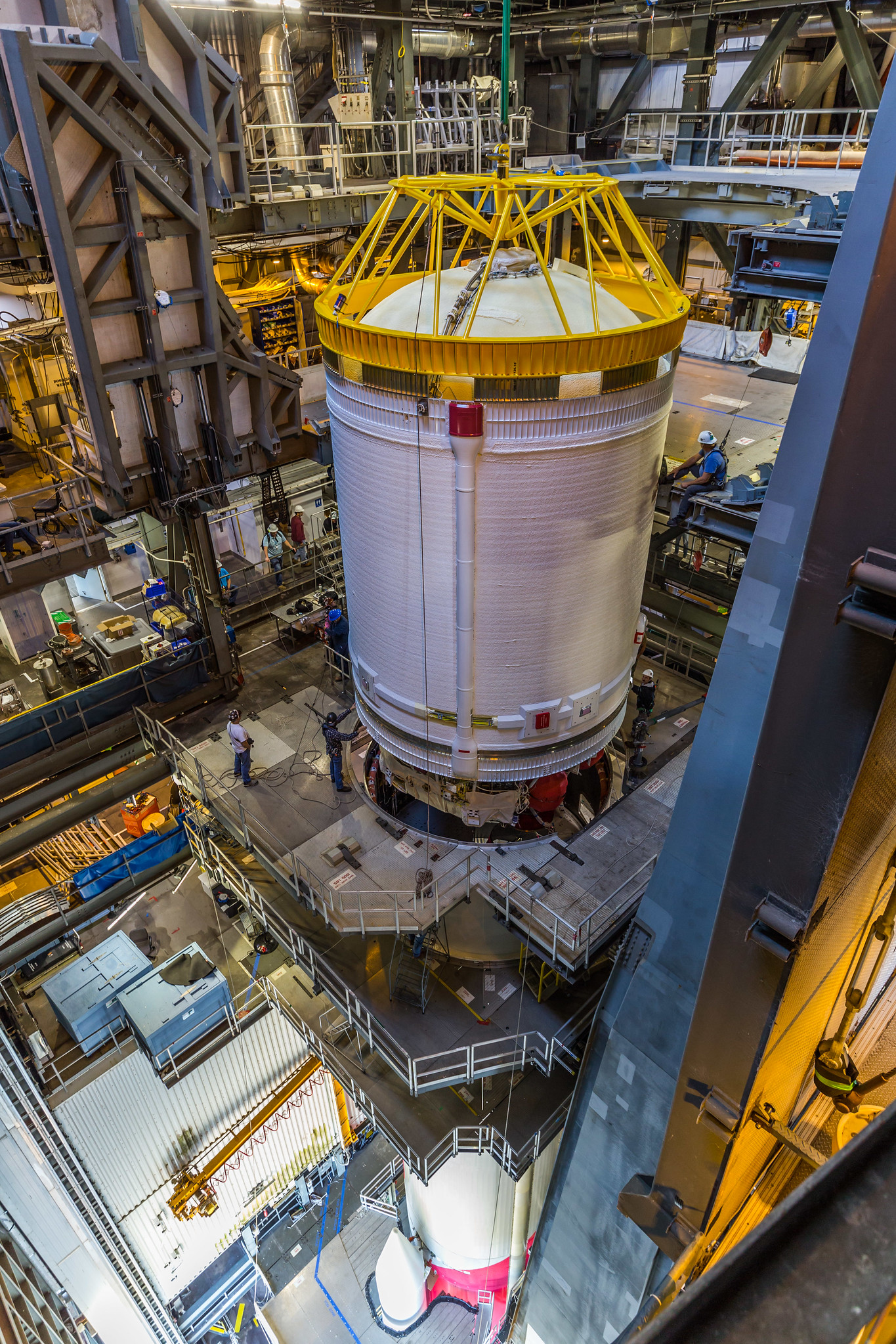
Bruno's medium post also discusses the importance of disabling hostile satellites in a way that does not create a large debris field, as space debris stays in orbit for weeks in low orbit — or in high orbit, the debris remains for centuries.
Get the Space.com Newsletter
Breaking space news, the latest updates on rocket launches, skywatching events and more!
Space debris comes with the danger of damaging everything in its path. "There are no national borders in space," Bruno writes. "It is a common environment, shared by all."
Meanwhile, the Space Force is positioning itself as a "cornerstone" of U.S. defense, and says it can face the challenges that arise when space has become more congested and contested.
"Space is no longer a sanctuary. It's a contested domain," Space Force Indo-Pacific commander Brig. Gen. Anthony J. Mastalir said at the 2024 Spacepower Conference in Orlando, Florida. "Our mission is to ensure that we can operate in that domain and continue to provide support across all areas of conflict."
After successfully completing Vulcan Centaur's second certification mission on Oct. 4, ULA is looking to launch Vulcan Centaur on its first national security mission with the Space Force, which is currently scheduled for late 2024 or early 2025.
If the Centaur upper stage can be upgraded to stay in orbit for longer periods of time to provide satellite defense for Space Force assets, ULA could have an important new capability that may lend the company a hand in the steeply competitive spaceflight industry.
Join our Space Forums to keep talking space on the latest missions, night sky and more! And if you have a news tip, correction or comment, let us know at: community@space.com.
Julian Dossett is a freelance writer living in Santa Fe, New Mexico. He primarily covers the rocket industry and space exploration and, in addition to science writing, contributes travel stories to New Mexico Magazine. In 2022 and 2024, his travel writing earned IRMA Awards. Previously, he worked as a staff writer at CNET. He graduated from Texas State University in San Marcos in 2011 with a B.A. in philosophy. He owns a large collection of sci-fi pulp magazines from the 1960s.
-
fj.torres Jeeze!Reply
Talk of a solution in search of a problem.
The DOD already has this "problem" under control without throwing billions at a failing company a decade behind the times.
To clarify: the issue isn't about the vulnerability of a single satellite but rather the vulnerability of the system. And the answer isn't to further weaponize space but to reduce the military value of attacking the system. The answer already exists and has a name: STARSHIELD. Supplementing the existing space resources with an extra layer of attritable LEO satellites in a reinforcing constellation reduces the likelihood of an attack (a certified casus belli) because it reduces the value of destroying an asset that would be replaced in minutes by another orbiting asset. And if such an attack is unlikely to provide a useful return there is little value in even attempting it.
Even here, ULA is behind the times, thinking in terms of individual assets (single satellites or at most a couple dozen, like GPS) instead of swarms and constellations of hundreds if not thousands of smaller, cheaper, easily *replaceable* satellites.
As the old saying goes, quantity is a quality all its own and it is no accident that as STARLINK went live DOD promptly launched STARSHIELD.
https://en.m.wikipedia.org/wiki/SpaceX_Starshield
One underappreciated feature of STARLINK (and doubtlessly of STARSHIELD)
is that among the swarm of orbiting satellites a significant fraction are dormant spares flying in formation ready to replace older units that fail, are de-orbitted, or damaged, ready to activate and replace them. Redundancy is better and cheaper than armor or (really?) orbiting drone warships.
Simple, elegant, and cheap. And about to get cheaper once STARSHIP is operational for cargo (sometime this year most likely) and once satellite production ramps up. At that point STARSHIELD won't be growing by 17 satellites at a time but by a hundred per launch. It already features a hundred or so. Reaching a thousand won't take long.
It's the 21st century out there but ULA apparently hasn't noticed.
And it looks like the attempt to sell off ULA as-is is going nowhere so they are floating "growth potential" paper products like a triple booster "VULCAN HEAVY" to double payload capacity from 27 to 60 Tons to compete with or more likely replace FALCON HEAVY, which only launches a couple times per year and not for much longer.
Desperate much?
At least ARIANE and China, inc have nationalistic pride and government funding to stay afloat but ULA can't count on government support much longer with BLUE ORIGIN and ROCKET LAB looking to squeeze out VULCAN in the post-FALCON era. And, not to be discounted if STARSHIP fully develops, DOD buying its own customized "fleet" of launchers. (To date, STARSHIP+STARBASE development costs are reported to be in the $3-5B range. A turnkey equivalent for DOD is unlikely to cost much more even including a handful of rockets.)
Not a good time to be ULA and lose their outed White House connection in the age of DOGE. -
George² Reply
Only computers(and smartphones) like noticed that we are in 21st century. All other high tech is almost same as in 20st century.fj.torres said:It's the 21st century out there but ULA apparently hasn't noticed. -
fj.torres Reply
At ULA, Old Space in general, or the world outside the Beltway?George² said:Only computers(and smartphones) like noticed that we are in 21st century. All other high tech is almost same as in 20st century.
'Cause pretty much elsewhere things are radically different and not just in tech.
It would take the better part of the day to list the things--political, social, economical, medical, and technological that have changed in the last generation.
To say nothing of geopolitics which is several books' worth by itself. Just the last year has upended generations worth of status quo in europe, the mid-east, south america, and asia.
The return of history is but a starting point. -
George² Well, this is a space forum. Rockets are still chemical fueled, just like they have been since their invention in ancient China. There's nothing new, including reusing flight stages.Reply -
fj.torres Reply
Yes, it is a space forum.George² said:Well, this is a space forum. Rockets are still chemical fueled, just like they have been since their invention in ancient China. There's nothing new, including reusing flight stages.
But today's launch vehicles aren't, strictly speaking, rockets like the chinese or katyushas but more properly guided missiles and, more specific to the latest generations, they are robots. And reusing fly stages was not a production technique until recently, DC-X Delta Clipper notwithstanding.
Today's New Space rockets are designed, built, and fly using technologies unexistent in the last century. At most they were conceived and explored but none were in production until recently. Metal sintering is old, laser metal sintering isn't, neither is using it for production component. (Have you see the videos of the Relativity Space robots "printing" unitary metal rocket parts?) Using "ai" software to design unitary structures for additive manufacturing, all new. Figuring out how to build stable full flow staged combustion methalox engines is new tech. Newer still is building them in 48 hours for hundreds of thousands instead of millions of dollars. (Look it up, the entire STARSHIP Program, from ground facilities to launched prototypes has cost less than *one* SLS mission.
Bear in mind, I am talking production line technology, not one of a kind hand-crafted laboratory experiments or demonstrators like DCX which onlh flew a few times before crashing. As opposed to and entire fleet of production boosters being refurbished in a couple of weeks and each flying over 20 times, to date.
I'm talking engineering, not science. And economically viable production engineering.
Whole different ball of wax.
For all the focus on Musk, his rockets are the children of Shotwell and his engineerinh staff, not his loud mouth. He merely brought them together, gave them a mission, and the hardware-rich resources to do it. Hard to compete with that package. (Unless you're ROCKET LAB and, maybe, RELATIVITY SPACE.
ULA has none of the above. Which is why nobody seems particularly interested in buying it. -
George² Yes, as I already wrote, computers have developed quite a bit, which allowed for higher complexity and somewhat greater autonomy of spacecraft. Although in the last century most of them were robots. I don't know why you think they only became robotic in the 21st century?Reply

